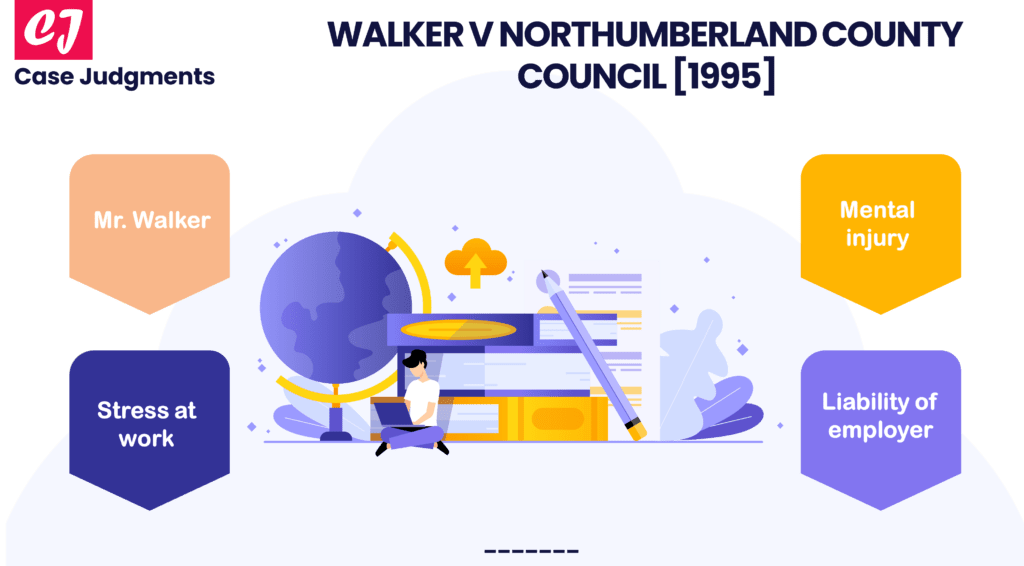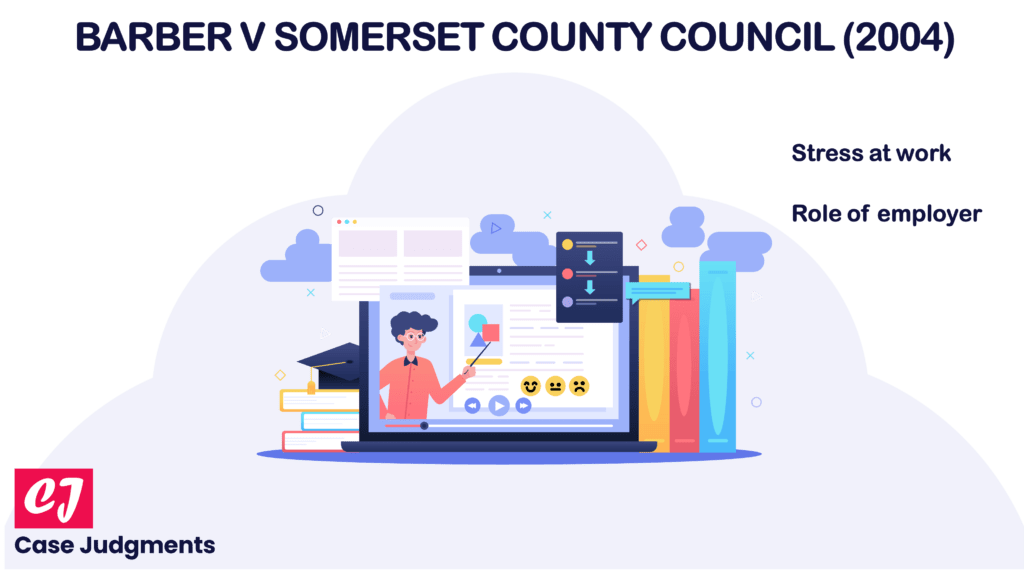
A Case Summary of Lane v Shire Roofing Co (Oxford) Ltd [1995]
Case name & citation: Lane v Shire Roofing Co (Oxford) Ltd [1995] IRLR 493; [1995] EWCA Civ 37
Court and jurisdiction: Court of Appeal of England and Wales
Decided on: 16 February 1995
The bench of judges: Nourse LJ, Henry LJ and Auld LJ
Area of law: Personal injury under employment law
What is the case about?
This is a UK labour law case concerning the scope of employment to determine the duty of care for the health and safety of employees.
Facts of the case (Lane v Shire Roofing Co)
Mr Lane was a roofer by trade. He carried out operations as a one-man firm and was considered to be self-employed for tax purposes. Shire Roofing made the decision to hire him on a “payment by job” basis. Since Shire Roofing was a new company, it did not want to commit to hiring a large number of long-term employees and instead mostly employed people for individual jobs.
Mr Lane preferred to work from his own ladder but had provided no materials. He was re-roofing a house when he had an accident that caused him to fall off his ladder and sustain serious injuries. If he was employed by Shire Roofing, the company owed a duty of care to look out for his health and safety. The High Court decided that he was an independent contractor; as a result, the company was found not liable. The plaintiff appealed.
Issue
Was Shire Roofing Co (Oxford) Ltd liable for the injury sustained by Mr Lane?
Judgment of the Court in Lane v Shire Roofing Co (Oxford) Ltd
The Court of Appeal decided otherwise.
The question that was most important to the Court of Appeal was whether or not Mr Lane worked for Shire Roofing as an employee or whether he was self-employed or an independent contractor. The Court took note of the fact that there are some perceived benefits that come with the relationship between workers and employers when it is not one of employment (for the worker tax advantages; and for the employer the avoidance of legal duties to employees).
Henry LJ held that there are therefore “good policy reasons in the field of safety at work to ensure that the law properly categorizes between employees and independent contractors.”
His Lordship believed that elements such as “control” or “was the workman carrying on his own business, or was he carrying on that of his employers?” should be taken into consideration. These questions need to be addressed in the context of who is accountable for the overall safety of the man performing the work in question. In this instance, it was Shire Roofing Co (Oxford) Ltd, and hence Mr Lane was employed by them and they were therefore liable.
The reasoning behind the decision
The Court found that it’s possible that the control test (i.e., who lays down what is to be done and how it is to be done, who provides the materials and plant, etc.) may not be conclusive, especially in the case of highly skilled workers who have the discretion to choose how their work should be done. In situations like this, the question that needs to be asked is: Whose business was this? Whether the workman was conducting his or her own business, or that of his or her employers?
On this basis, the Court of Appeal determined that Mr Lane was an employee of Shire Roofing. The Court reasoned that, while the level of control exercised by the company would depend on the need to supervise and direct Mr Lane, it was clear that the job at the house was the company’s business, not Mr Lane’s. The Court felt that the facts were much closer to a situation in which an employer hires men simply to do labouring work than to a situation in which a specialist subcontractor is hired to perform some part of a general building contract.
Conclusion
This decision demonstrates that when a court is considering the issue of whether or not a person is an employee in the context of health and safety at work, the court may take a broad view of what constitutes employment.
The judgment in Lane v Shire Roofing Co (Oxford) Ltd stated:
“When it comes to the question of safety at work, there is a real public interest in recognizing the employer/employee relationship when it exists, because of the responsibilities that the common law and statutes place on the employer.”
List of references:
- https://www.kerseys.co.uk/wp-content/uploads/2014/08/Who-is-an-employee-.pdf
- https://www.hse.gov.uk/enforce/enforcementguide/investigation/status-contract.htm
- https://iuristebi.files.wordpress.com/2011/07/law-for-non-law-students.pdf
You might also like:
More from labour law:

